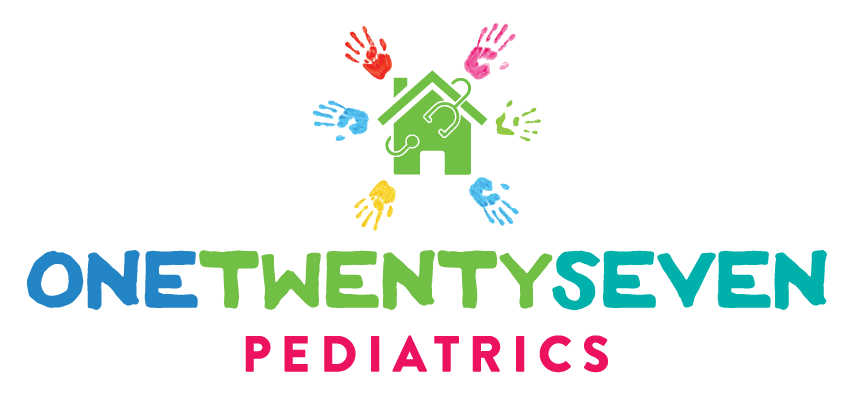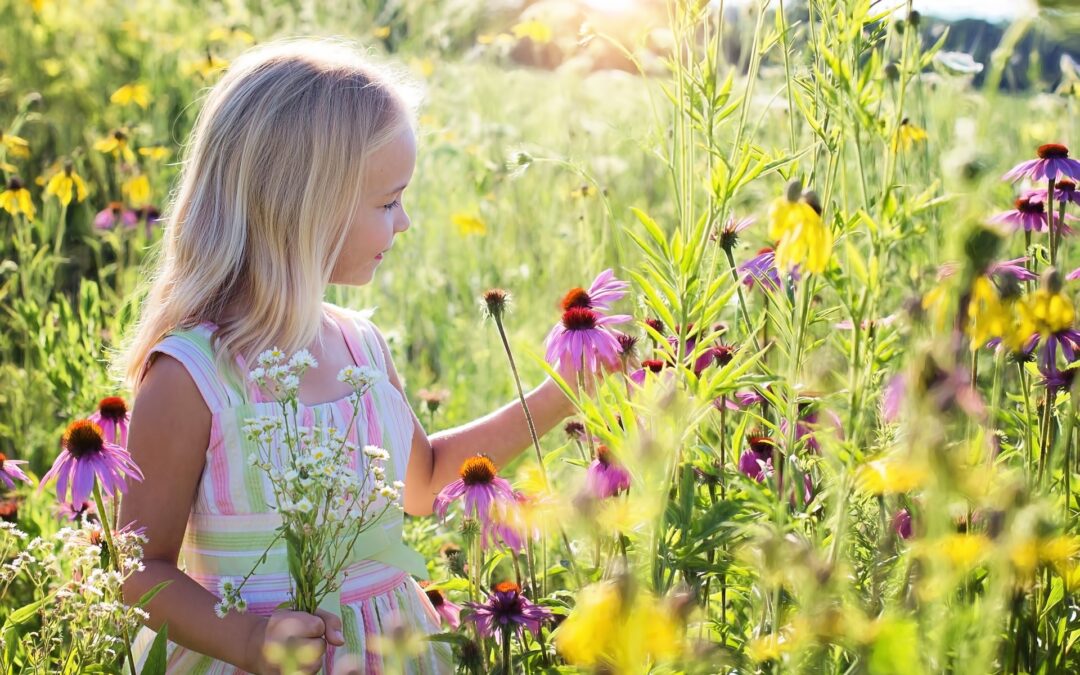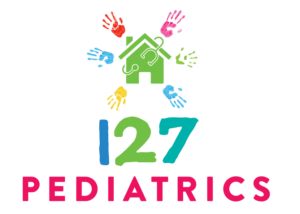As a pediatrician and a mother, I know how important it is to have tips to help my child with her spring allergies. The weather here in North Texas will warm up soon, causing trees, weeds, and grasses to release pollen into the air. It’s good to think through some solutions now versus having to find solutions in the middle of an already busy season.
Do you find that your child sneezes and sniffles more than usual as the weather begins to warm? Chances are, they may be suffering from spring allergies. While there is no cure for allergies, there are plenty of things you can do to help ease your child’s symptoms. Read on for some tips that will help make life a little easier for both of you this allergy season.
When children have spring allergies, they might experience some (or even all) of the following:
- Congestion or sinus pressure
- Runny nose
- Eyes that are redder than normal
- Sore or scratchy throat
- Lack of taste or smell
One of these on its own can prove manageable. Add a few together, or even pile them on all at once, and a child can find it difficult to manage their life due to this misery. It also affects their ability to do normal “kid” things, like going outside to play or listening to their teacher in the classroom. While completely avoiding allergens is impossible, you can take some steps to help. These tips are especially important to heed during air quality alert days.
- Keep your child indoors on days that are both dry and windy
- If your child helps with yard work/outdoor chores, limit this during peak spring allergy season
- Remove and wash clothing that they have worn outside
- Shower when coming back in from outdoors
- Keep doors and windows closed while pollen counts are high
- Purchase portable HEPA filters/humidifiers to help with indoor air quality
- Vacuum often
- Launder sheets, blankets and pillows regularly
Another way to cope with spring allergies is to have proper medication for your child on hand.
If the North Texas pollen count is high, there are many medications available to help treat your child’s allergy symptoms.
These can include:
- Antihistamines – A common first line treatment for allergies. They block the effects of histamine, which helps relieve symptoms like sneezing or itchy eyes. Long acting, non-sedating antihistamines like Claritin or Zyrtec are best for kids.
- Nasal irrigation – usually in the form of a squeeze bottle, this can help flush pollens from your child’s nose as well
- Nasal steroid sprays- regular use of nasal steroid sprays will help decrease the inflammation in your child’s nose
- Lubricating eye drops – to help ease eye irritation
- Avoid long term use of Afrin
- Avoid use of decongestants in younger kids, older kids may find relief in using single ingredient decongestant preparations
These medications and treatments can provide relief for most kids. If these things are not working to control your child’s symptoms, the next step would be to talk with your pediatrician. Often, we have extra ways that we can guide you through this time. If our tricks aren’t doing the trick, we will send your child on to our trusted allergy colleagues who have the ability to expand treatment options.
Often, in Texas there are many allergy “seasons” depending on what your child may be allergic to. Spring is definitely one of the worse of all.
© 127 Pediatrics, March 2022

Dr. Andrea Wadley is the owner, pediatrician, and breastfeeding medicine specialist for 127 Pediatrics. She has an established house calls pediatric practice in Colleyville, TX, and sees patients once a week at Sky Women’s Health in Fort Worth, TX for concierge breastfeeding medicine consults, lactation consults, fourth-trimester care, tongue tie clipping, and medical ear piercing.


